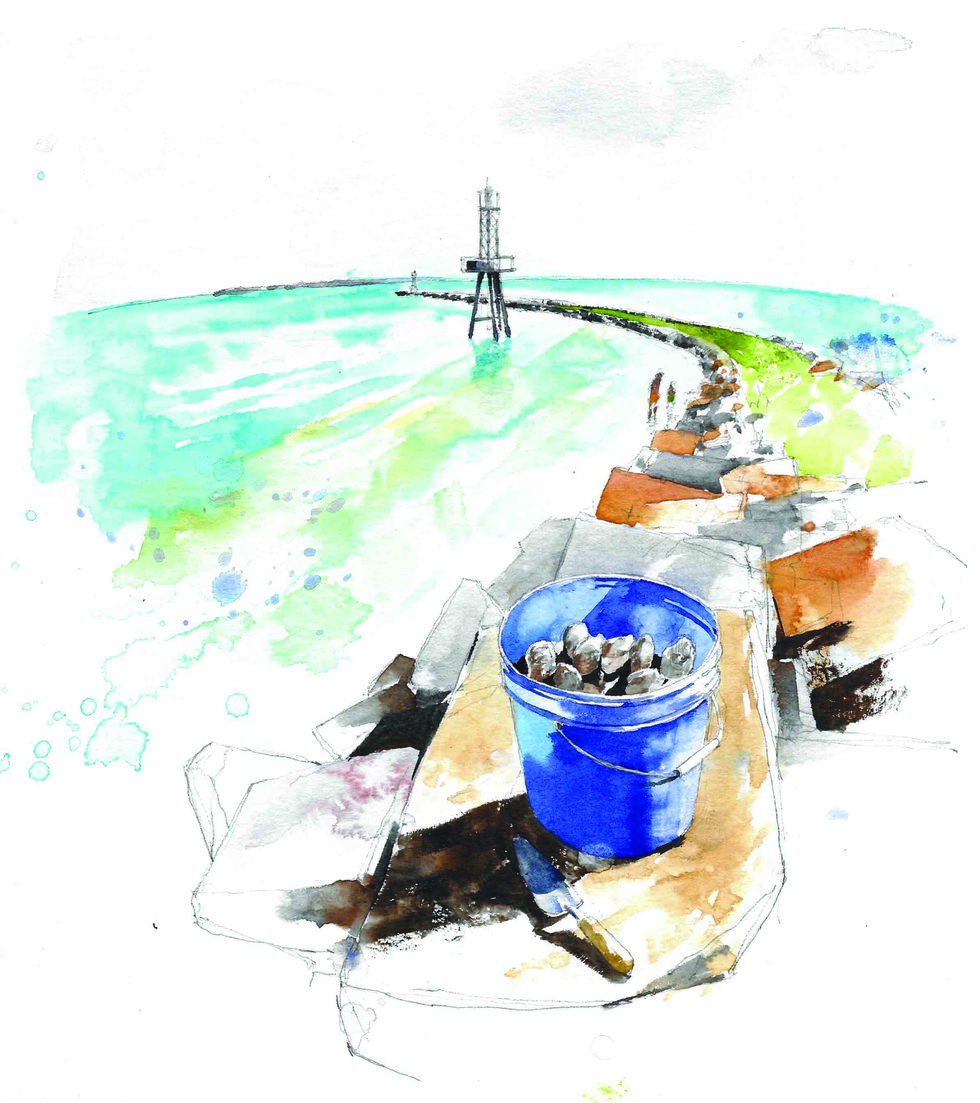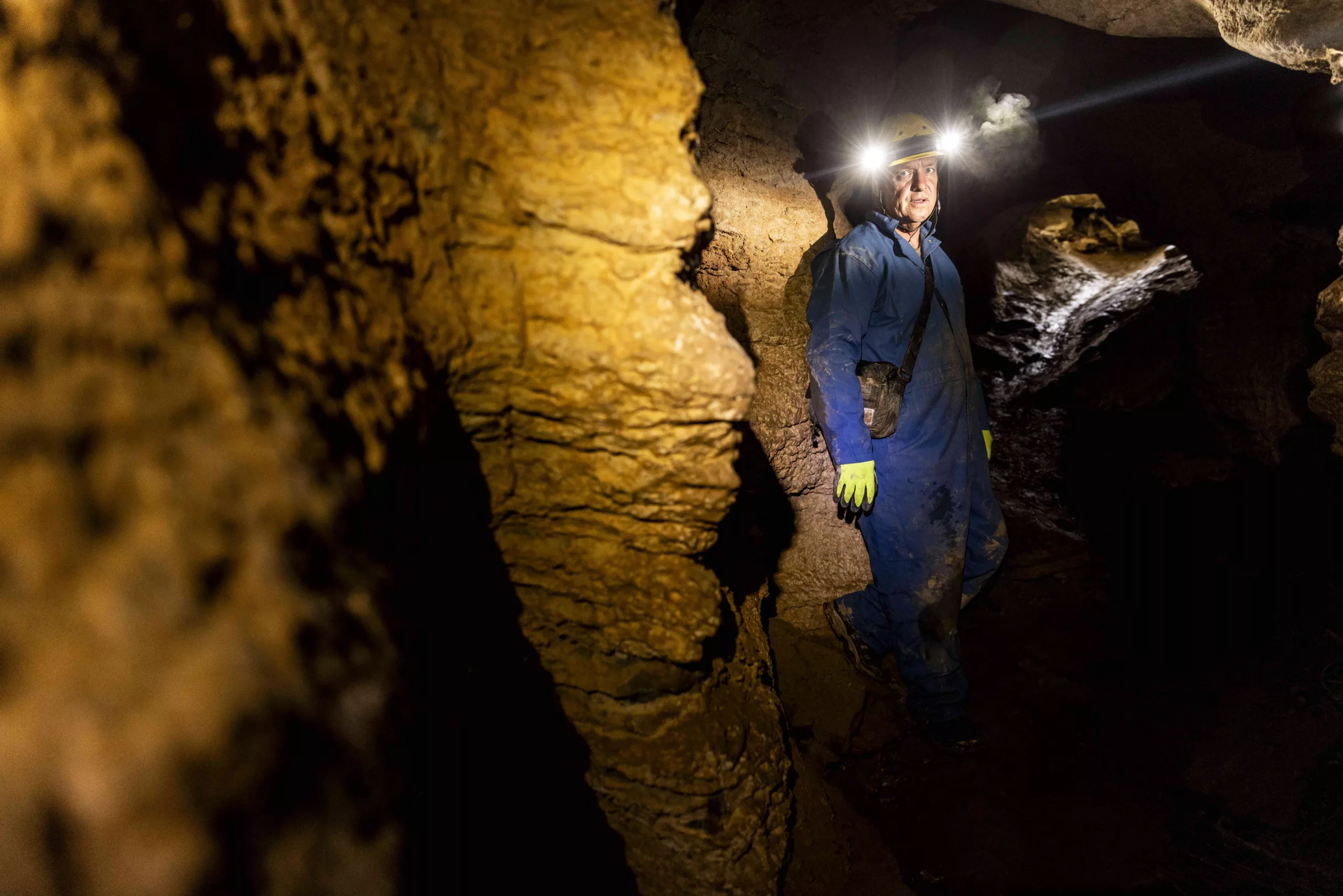Ethiopia is isolated and peculiar—and the perfect place for a family adventure.


A northern Ethiopia resident on his horse.

Both in Lalibela: a young goatherd and Abba Libanos Church, built more than 800 years ago.
Both in Lalibela: a young goatherd and Abba Libanos Church, built more than 800 years ago.


A northern Ethiopia resident on his horse.
A northern Ethiopia resident on his horse.

A field of stelae in Axum and St. George’s Church, built more than 800 years ago.
A field of stelae in Axum and St. George’s Church, built more than 800 years ago.

The 3 million-year-old Lucy skeleton, in the Ethiopian Natural History Museum in Addis Ababa.
The 3 million-year-old Lucy skeleton, in the Ethiopian Natural History Museum in Addis Ababa.

A sweeping view of Addis Ababa, the capital of Ethiopia.
A sweeping view of Addis Ababa, the capital of Ethiopia.

A priest relaxing near St. George’s Church in Lalibela.
A priest relaxing near St. George’s Church in Lalibela.

A 400-year-old bridge crosses a stream.
A 400-year-old bridge crosses a stream.
Ethiopia is a remote, peculiar, fascinating place—home to ancient, cut-rock churches, a 3 million-year-old skeleton (named Lucy) and the Blue Nile. And, thanks to the Italians who once ran the place, you can get some excellent espresso and tolerable spaghetti in the horn of Africa.
I am standing atop a mountain in Ethiopia. Before me stretch the ancient rock-hewn churches of Lalibela, structures so astonishing that centuries ago a Portuguese traveler wrote that his countrymen would never believe his descriptions. He was right.
Yet here they are. I have traveled thousands of miles to come here, to the Horn of Africa, to see this: churches carved into the bedrock, inspired by a king’s dream of heaven, built (so it is said) with the help of angels. I have done so because they are strange, amazing and beautiful. I am seeing something few Americans have seen.
This is what I am thinking when I feel a hand tug on my shirt. “Daddy,” says my 4-year-old son anxiously. “Daddy! I have to go.” Such is the life of a parent, whether in Virginia or in Ethiopia. I turn away from the miraculous churches. I sigh. “Okay, buddy. Let’s find a bathroom.”
True, when my wife, Shannon, and I first discussed a trip to East Africa, we considered leaving our boys, ages 9 and 4, in the States. But it seemed so obvious to us: Two boys growing up in the cocoon of Richmond could never truly understand the world unless they got out and saw it. We knew the trip would expand their intellectual horizons, not to mention our own. Friends and a few relatives perceived Ethiopia as a land of famine and disaster and warfare—all of which had been true until about 15 years ago. Since then, the country has been relatively peaceful. It has turned away from its former allies in Eastern Europe and has begun wooing the West, the United States in particular.
Ethiopia appealed to us because it is an ancient, peculiar place. It lives somehow outside the boundaries of the rest of the world. From the accounts we read, Ethiopia seemed like a fantastical combination of ancient monuments, biblical history and Indiana Jones. For the better part of its history, Ethiopia existed in isolation. For example, it uses the Julian calendar, which the rest of the world abandoned long ago, so the country just celebrated its Year 2000. Plus, I had some small sense of Ethiopian culture, having brushed against it while growing up near Washington, D.C. With at least 100,000 Ethiopian expatriates (some put the number at twice that), Virginia has the largest population of Ethiopians outside Ethiopia.
We landed in Addis Ababa, Ethiopia’s capital, some 30 hours after our departure from Richmond, with layovers in London and Nairobi. The international airport in Addis is a stunning modern structure of soaring metal beams and glass—nothing like typical African concrete-block airports. It was built to impress visitors, particularly from the African Union, which has its headquarters in Addis.
Groggy and disheveled after little sleep, we were delighted to have our guide greet us. He was a bullet-headed man with a broad smile, dressed in a fashionable windbreaker, polo shirt and jeans. “I am Gebreselassie,” he said, taking our bags. (Many Ethiopians use only one name.) Thankfully, we were in good hands. Gebreselassie proved to be a superb guide.
As our van wove through Addis’ wide avenues crowded with beggars, vending carts and machine-gun-toting soldiers, Gebreselassie pointed out some of the sights. A former schoolteacher-turned-entrepreneur, he turned out to be better informed than many of the local experts. He has assisted the world’s few scholars in Ethiopian archaeology, and has learned from them.
We spent our first night in Addis in the Ghion Hotel, part of a chain of government-owned hotels built in the late 1960s and apparently never updated since. The rooms were pleasant and comfortable, decorated in a swinging-’60s style—early James Bond: low-slung chairs and metal-armed sofas in shades of burnt orange and avocado. Electrical outlets were European strength and of the Italian three-prong style; luckily, we had brought a converter and the correct adaptors for our cell phone, hair dryer and iPod.
At dinner, we quickly learned some of the other advantages of traveling in Ethiopia. The country had been ruled for a time by the Italians, who left behind political chaos when they fled in the 1940s. On the other hand, they also left a legacy of excellent espresso and tolerable spaghetti, both of which became staples for us.
The next morning, our tour began in earnest. We visited the tomb of Haile Selassie, the emperor who, much to his surprise, inspired Rastafarianism in Jamaica. (This fact allowed me to quip that if not for him there would be no Bob Marley posters on dorm walls across America.)
Rastafarians aside, Ethiopia’s primary religion is Christianity, having converted from paganism in the 6th century A.D. Through the ages the Ethiopian church has nurtured an ancient form of Christianity, strongly reminiscent of Orthodox Judaism and overlaid with African elements.
The tomb stood near the sanctuary of Trinity Cathedral, a rococo wedding cake of a building. Ethiopians, following the biblical precedent of Moses approaching the burning bush, remove their shoes before entering churches; at Gebreselassie’s urging, we did the same. The long nave of the cathedral was perfumed with the sharp scent of burning myrrh, the incense native to Ethiopia that the Bible says was brought by one of the Wise Men to the infant Jesus. White-turbaned monks sang keening, ages-old liturgies as they walked the length of the cathedral, swinging incense burners. The smoke caught the sunlight streaming through the shadows.
“Wow,” Shannon said, awestruck.
My 4-year-old, Henry, held his nose. “It smells bad,” he said.
At Ethiopia’s sparse natural history museum, we examined the country’s most famous resident—a 3 million-year-old skeleton known to most as Lucy. Ethiopians prefer to call her Dinknesh. The Australopithecus may be the oldest direct ancestor of modern humans, and after the discovery of her bones in 1973, Lucy became an international star. A little more than 3 feet tall, she lay in a Plexiglas casket on the museum’s lower level. “She’s the same size as me,” marveled Henry. The thought startled me. Just like our children, the creature before me had once been alive, had once felt hunger and pain and, perhaps, love.
The following day we headed off to other parts of the country. Gebreselassie joined us on what would become a familiar aspect of our trip: a 50-seat Fokker 50 airplane, the workhorse for Ethiopian air travel.
Within hours we were at our hotel on the banks of Lake Tana, an enormous freshwater lake in the northwestern highlands that is justifiably famous for bird watching. We had espressos and Fanta outside, and noticed basketlike nests in trees bending over the patio. All around, weaverbirds chattered and bustled, preparing their waterproof homes for the coming rainy season. A paradise flycatcher zigzagged through the air, its extravagant tail feathers following like a banner. On the lake, flotillas of pelicans sailed past.
That afternoon we visited some of the lake’s many monasteries. Our open boat bounded across the water, sending spray over the bow, making the boys squeal with joy. In the distance, fishermen in papyrus canoes paddled the lake, as they have for millennia. Soon we could see craggy islands the size of city blocks soaring from the water. “You can see the ones with churches,” Gebreselassie said, pointing. “They have trees.” Over many years, desperate residents have cut down Ethiopia’s once-great forests for charcoal. Now the countryside is bare and rutted; only the lands around churches remain cloaked in trees.
The boat docked. After a short woodland hike down a trail crawling with tree roots, we arrived at the circular church of Ura Kidane Mehret. Built in the 1500s, its interior walls are covered with murals combining the Christian themes dear to Ethiopians—St. George and the dragon, the Virgin Mary, Ethiopian religious figures—with gruesome scenes of cannibals, decapitations and demons.
Nine-year-old David, a fan of the “Lord of the Rings” movies, loved the gore. Henry, bored, kept trying to bang on the ceremonial drums. Shannon and I were appalled, but the Ethiopian priests smiled on him.
Lake Tana spills into the Blue Nile, where its waters flow down the world’s longest, most famous river to the Egyptian delta. We traveled by van and foot to the Blue Nile Falls, some 18 miles from the lake. Two hundred years ago, a Scottish explorer described them as “a magnificent sight, that ages … would not efface or eradicate from my memory.”
Though much diminished by a recent power dam, the falls remain impressive. The water plunges 150 feet, sending into the air plumes of mist that over centuries have turned the area into a slippery, sodden garden of lichen and grass. The mist rose around us, settling on my face and arms like a benediction.
Our next stop, Gonder, featured a compound of European-style castles built in the 17th century. There are architectural influences from Portugal, Africa and India, indicating how cosmopolitan the country was. The crumbled stone roofs, great halls and spiraling staircases evoked echoes of long-ago feasts. While we parents wandered the ancient ruined halls, hearing of history, the children busied themselves finding feathers on the ground.
After another swift flight, we arrived in Lalibela, home to a spectacular series of cut-rock churches that are certainly among the wonders of the world. Lalibela, situated 9,000 feet above sea level, is a cluster of one- and two-story buildings clinging to the stark escarpments of the Lasta Mountains. The landscape’s isolation and severity gave us a sense of what it must have been like for the ancient prophets to head into the desert.
The 13 churches for which Lalibela has become known were first built more than 800 years ago. Legend says they were inspired by the Ethiopian King Lalibela’s dream of heaven. On his orders, they were hewn out of the rocky surface of the mountain: With hand tools, workers cut channels to make the outer walls, then carved out the interiors. Their roofs are at ground level; their front entrances are reached through tunnels and passageways leading down to their courtyards. All are linked by a labyrinth of water channels and walkways whose walls are pockmarked with ancient burial sites and hermits’ caves.
The amount of craftsmanship and effort required to build the churches was awe-inspiring. I could understand how stories sprang up about how angels helped to build them—the local guides claim they all were completed within 23 years, a feat that would have required divine intervention. Modern scholars believe they were built over several centuries.
We spent two days exploring the churches. Their interiors are beautifully worked, some with ceilings soaring 30 feet, decorated by bas-reliefs and supported by pillars—all carved from the solid rock. Unlike the pyramids of Giza, to which they are sometimes compared, the rock churches of Lalibela remain in use. Every Sunday, local worshipers attend services. These churches, some nearly 1,000 years old, are alive. Each has monks designated to take care of it who cheerfully pose for pictures; some wear sunglasses (to protect their eyes from flashbulbs) and look disconcertingly like Wesley Snipes.
Our final stop was Axum, the northernmost and most ancient of the Ethiopian archaeological sites. Here, in the fourth century, Christianity arrived from Egypt. For centuries prior to that, Axum was the center of one of Africa’s greatest civilizations, the moon-worshipping Axumites.
In a small field in the center of town, Axum’s great stelae stand like sullen giants. Each of the 75 obelisks is carved from a single block of granite; the largest rises nearly 80 feet. Somehow the Axumite engineers of 2,000 years ago managed to stand them upright. The largest and last of the stelae apparently fell during its installation and lies in pieces where it crashed to earth. It would have stood 108 feet tall and weighed 500 tons. After that catastrophe, the Axumites quit the stela business.
While Henry sipped Fanta with Gebreselassie at a nearby café, we wandered the stelae fields, marveling. David scampered atop the shards of the fallen stela and posed for pictures. I wondered what those ancient kings would have thought of us. I thought of Ozymandias: Look upon my works, ye mighty, and despair.
We also visited a modern church that is the home of the Ark of the Covenant, brought to Ethiopia by the child of King Solomon and the Queen of Sheba—or so the Ethiopians say. But since just one person in each generation is allowed to see the ark—a lone priest who lives in the compound for the rest of his life, never leaving—a viewing was out of the question. We had to take comfort in the idea that we were a stone’s throw away from it. Was the story true? Who knows? Few archaeologists have studied these ancient sites.
At the airport, I felt a pang. For one thing, I’d come to admire Gebreselassie for his even temper, thoughtfulness and expertise, while the children had, quite simply, come to love him. For another, I’d become enamored with the complex, contradictory country. With its mysterious prehistory, its fierce pride in its heritage of Christianity, its wounded awareness of the way the world has ignored it, Ethiopia proved beautiful and endlessly fascinating.
The children wept as Gebreselassie hugged them goodbye. I no longer wondered if we had made the right choice in bringing them. They had seen another world and found friends in it. They had wandered through tombs as ancient as Jesus—been baptized, so to speak, by the waters of the Blue Nile. And so had we.
For travel information, visit the Ethiopia Tourist Commission (TourEthio.com).









